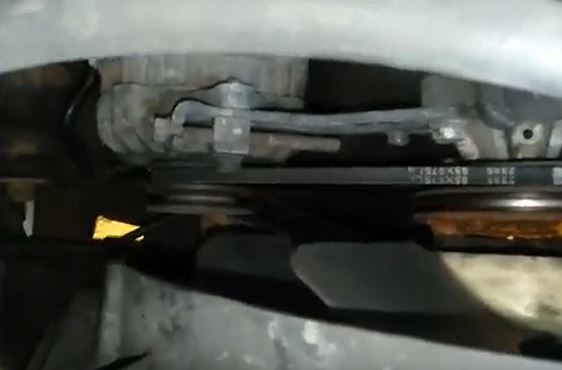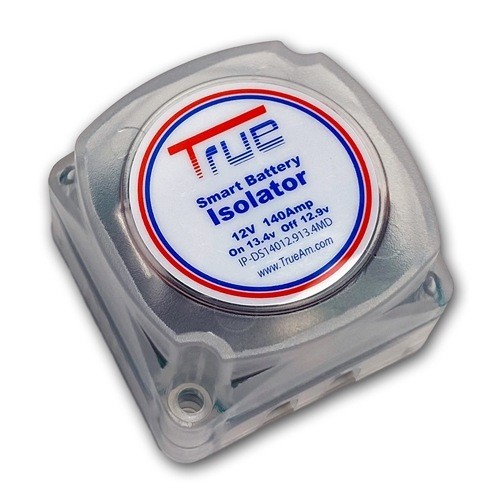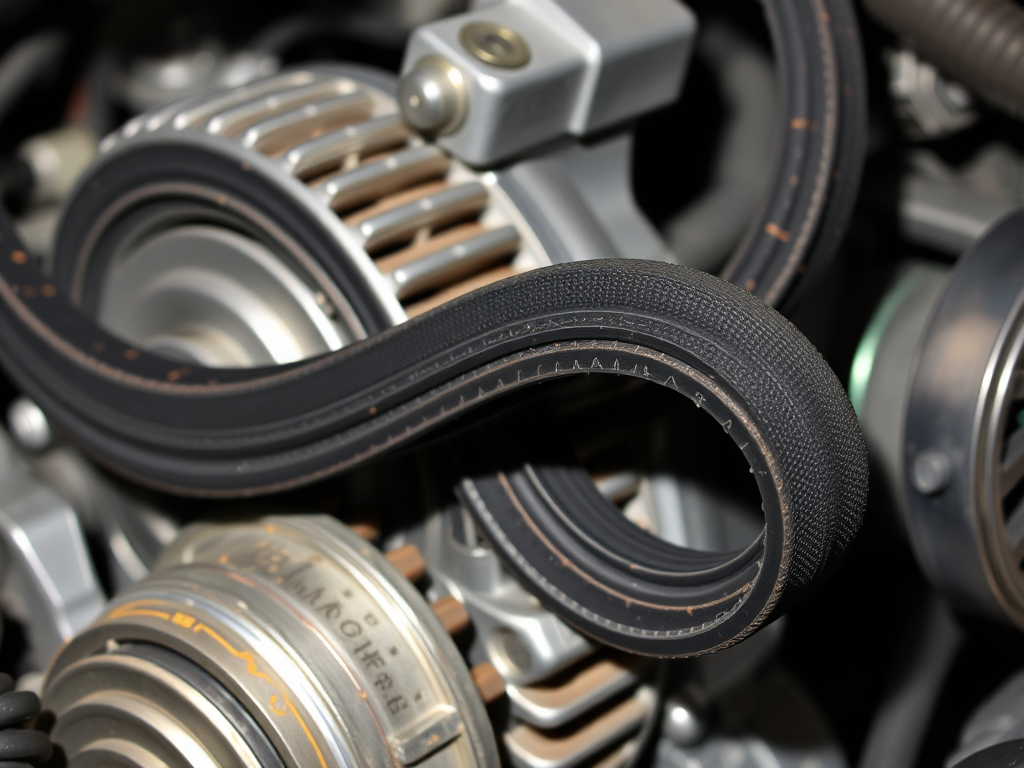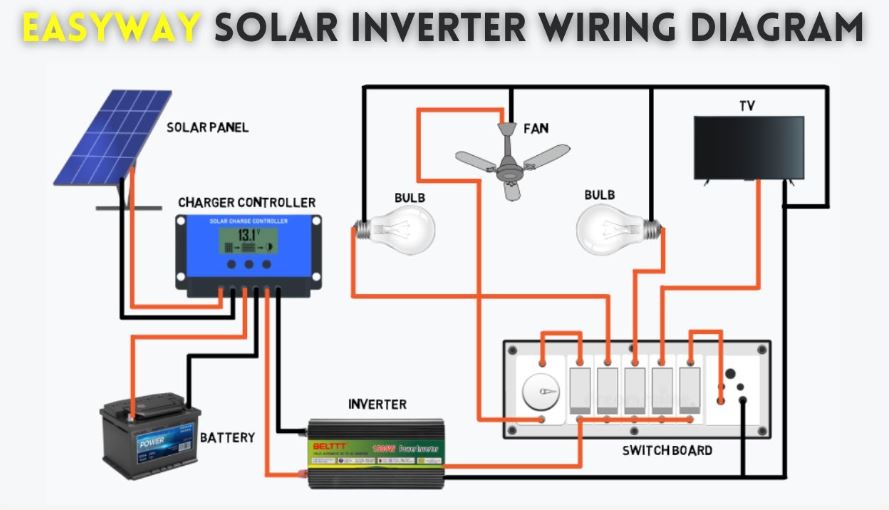Every couple of months, I notice the alternator belt on my van tends to loosen. I suspect it’s because the vehicle is quite old—I’m driving a 2003 Starex SVX that’s been with me for over 10 years. Since it’s aged, we don’t use it often anymore. In the first week of July 2024, we took a trip from Minglanilla to Pinamungajan to pick up a lot title. I was a bit anxious that the belt might start making that telltale loosening noise, but surprisingly, everything ran smoothly.
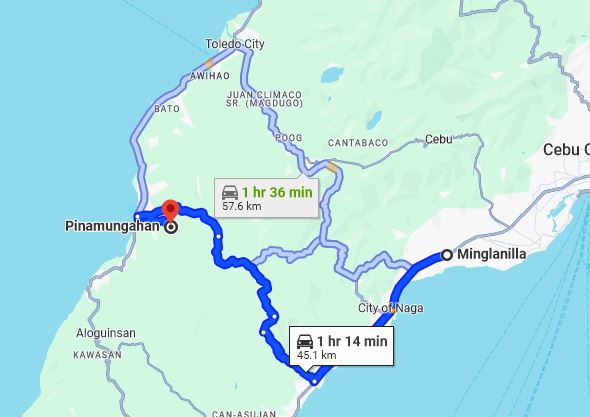
The alternator belt is performing good but my worries are still there so I look for online resources to help with the question about “how to tighten pulley on alternator of the vehicle? The travel distance from Mingla to Pinamungajan Cebu is 45 km with total travel hour of 1hr and 14 minutes. Since the travel is back to back and passing mountains, we spent 1000 pesos on diesel for traveling a total of 90km.
Tightening the pulley on an alternator usually entails altering the tension of the belt that powers the alternator. Here’s how to correctly tighten the pulley on an alternator:
Step 1: Prioritize Safety Park the vehicle on a flat surface. Turn off the engine, remove the key from the ignition, and disconnect the negative terminal of the battery to prevent electrical shock or short circuits.
Step 2: Locate the Alternator Open the hood and find the alternator—usually positioned near the front of the engine and driven by a belt connected to the crankshaft.
Step 3: Inspect the Belt Check the belt for visible damage like cracks, fraying, or tears. If the belt is broken, replace it before proceeding with any adjustments.
Step 4: Loosen the Mounting Bolts Most alternators are secured with two bolts: a pivot bolt (typically on top) and an adjustment bolt (usually at the bottom). Loosen both slightly to allow the alternator to move freely.
Step 5: Adjust the Belt Tension To increase tension, pull the alternator away from the engine. Use a pry bar or similar tool to apply pressure evenly. Some vehicles are equipped with a dedicated tension adjustment bolt or a built-in tensioner to simplify this process.
Step 6: Verify Proper Tension Press the belt midway between the pulleys—it should deflect by no more than ½ inch (1.27 cm). A loose belt can slip and affect alternator performance; too tight, and you risk premature wear on both the belt and alternator bearings.
Step 7: Secure the Mounting Bolts With the belt properly tensioned, tighten the mounting bolts—start with the adjustment bolt, followed by the pivot bolt. Ensure both are fastened securely to keep the alternator in place.
Step 8: Reconnect the Battery Reattach the negative battery terminal, making sure it’s firmly connected to restore electrical power safely.
Step 9: Test the Installation Start the engine and observe the belt and alternator. A correctly installed belt should run smoothly without any wobble or slipping sounds.
Step 10: Recheck Belt Tension After a short drive, inspect the belt tension again. Belts can stretch slightly with initial use, so make any necessary adjustments to maintain optimal performance.
You should be able to correctly tighten the alternator pulley by following these procedures. It’s always preferable to get advice from a qualified mechanic if you have any questions or concerns regarding the procedure.
How much does an alternator belt cost?
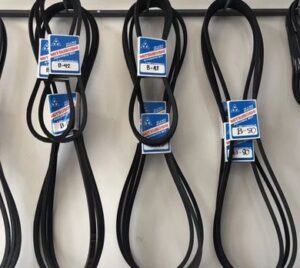 In the Philippines, alternator belts generally range from ₱171 to ₱1,007, depending on the brand, vehicle model, and quality. For example:
In the Philippines, alternator belts generally range from ₱171 to ₱1,007, depending on the brand, vehicle model, and quality. For example:
Budget-friendly options: around ₱171–₱360
Mid-range belts: ₱450–₱630
Premium or heavy-duty belts: ₱900 and up
You can find these on local auto parts sites like Createk Philippines, or through online marketplaces like Lazada and Shopee. If you’re eyeing a specific vehicle model, I can help narrow it down further. Just let me know what you’re working with.
The belt that goes around alternator
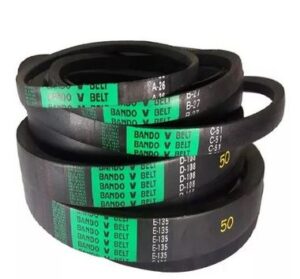 The belt that goes around the alternator is commonly called the alternator belt, but in many modern vehicles, it’s part of a serpentine belt system. Here’s the difference:
The belt that goes around the alternator is commonly called the alternator belt, but in many modern vehicles, it’s part of a serpentine belt system. Here’s the difference:
- Alternator Belt: In older vehicles like your 2003 Starex SVX, the alternator may have its own dedicated belt. This is often a V-belt that loops around the alternator pulley and the crankshaft pulley.
- Serpentine Belt: In newer vehicles, a single serpentine belt powers multiple components—alternator, power steering pump, air conditioning compressor, and more.
Since your van is an older model, it likely uses a dedicated alternator V-belt, which is simpler to replace and adjust than a serpentine system.
